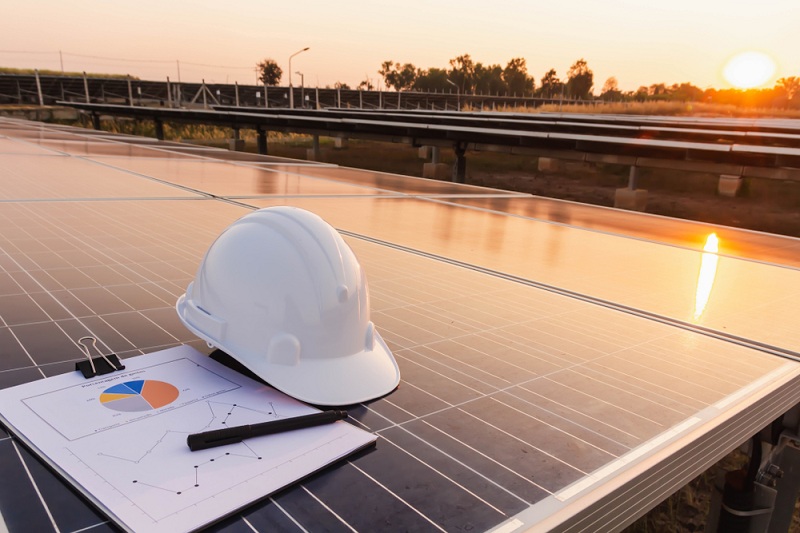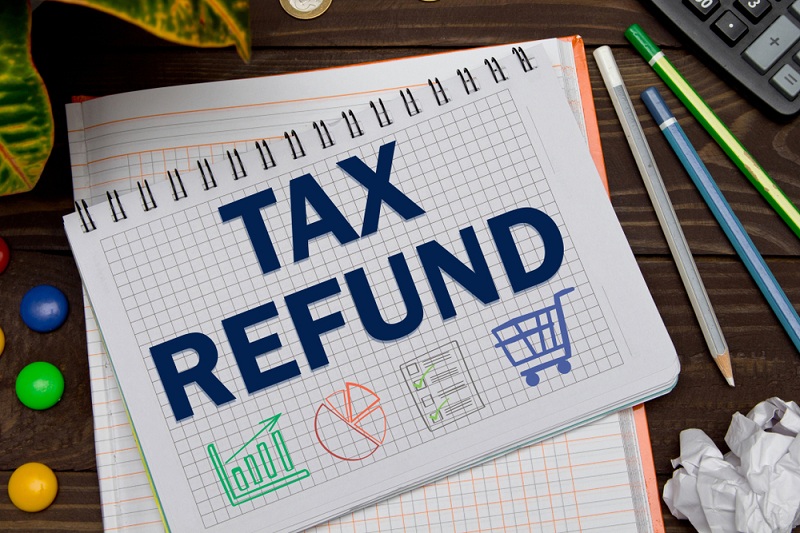According to the latest news, the big solar incentives in the United States became slightly better due to the recent Inflation Reduction Act.
Beginning in August 2022, owners of residential homes are eligible for federal solar tax credits equivalent to 30 percent of the costs associated with installing solar energy systems.
You could save thousands of dollars on your taxes by taking advantage of the solar energy tax credits in 2022. It may even be able to wipe out what you owe.
Most Americans are eligible to claim the federal solar energy tax credit. Still, there may be some important things you need to know before claiming it, like how it functions, what qualifications qualify for it, and who could benefit from switching to solar.
Here’s an Overview of the Federal Solar Tax Credit
Calculate How Much You Can Save With the Federal Solar Tax Credit in 2022

Let's first discuss the basic concepts behind calculating how much money you could save by taking advantage of the federal solar tax credit.
For 2022, the federal government has approved a 30 percent tax credit for residential solar installations. If your solar system costs $18,000, you are eligible for a tax credit worth $5,400.
As a result of the tax credits, there isn’t an immediate reduction in the upfront costs for installing solar panels. It reduces what you pay in federal income tax.
For example, if you owed $7,000 in federal income tax and earned that $5,400 federal tax credit, your total tax bill would be reduced by $1,600. It's pretty straightforward.
You can expect to get the full 30 percent tax credit from now until the year 2032. However, the tax credit isn't going to last forever.
Starting in 2033, the tax credit for solar installations drops from 30 percent to 26 percent of the cost of an installation.
And then, in 2034, it drops again to 22 percent. By 2035, the federal renewable energy tax credits will expire for residential systems.
To get started, use our solar energy rebate calculator. We calculate how much a solar system would cost for your house, whether you qualify for any other government programs, and how much you could earn from the federal solar tax credit program.
Save for later! You must file IRS Form 5695 to claim the federal income tax credit for installing solar panels. It's pretty simple, but we've created an easy-to-follow guide to help you file correctly and answer any additional questions. You should talk to a tax adviser before filing.
What Can be Done with a Leftover Tax Credit?
Solar energy tax credits are not refundable, so you won't receive a tax refund if your credit is worth more than what you owe in taxes.
But that doesn’t necessarily imply that you won’t get the full benefit from it. If there’s any leftover tax credit at the end of the year, it will be used the following year again.
If you install your solar panel system and get a $5400 tax credit for doing so but end up owing only $4000 in Federal Income Taxes.
That leaves you only $1,400 left of your tax credits from last year's taxes, which will be applied to next year's taxes. You can carry forward the tax credit for up to five years.
How Does a Tax Refund Work?

You may have received tax withholding from your paycheck, meaning that you've already submitted them. If too much is taken out of your paycheck, then the federal government may owe you a tax refund.
If this is the situation, you can add federal solar tax credits to your tax refund checks. Only until they reach what you owe them.
If you owe $7,000 in federal income taxes, but $9,000 has been taken out from your paycheck, you would get an additional $2,000 in refunds from the IRS.
Now let's say in that year, you install solar panels and get an $8,000 rebate, you'd receive another $7,000 on your payback check on top of your original $9,000 total tax refund. The remainder of the $1,000 could be carried over into the following year.
Criteria to Qualify for 30 Percent Federal Solar Tax Credits in 2022
We told you earlier that most Americans would qualify for federal income tax credits. However, there are certain situations where you may not qualify for an exemption. Here are the eligibility requirements:
Owning your solar system: You cannot claim the federal solar energy tax credit if you use a solar power purchase agreement (PPA) to finance your solar installation because you are not the solar system owner.
If you use a solar loan, you're still eligible for the federal income taxes credit because you own the system.
Which Solar Panel Costs are Eligible for the Solar Tax Credit?

It is important to note that most, if not all, of the installation costs of solar panels, are eligible for the Federal Solar Tax Credit. Qualified costs include the following:
Technically, the solar energy credits aren’t just for installing solar panels. Other clean power sources can qualify for the investment incentives, such as solar water heating devices, fuel cells, geothermal heat pumps (GEHPs), and even compact wind turbines (CWTs).
Are Batteries Eligible for Federal Solar Energy Tax Credits?
Energy storage systems are eligible for the 30 percent federal income tax credits. With the passage of the Inflation Reduction Act, batteries paired with solar panels in 2022 can receive the full 30 percent tax credit.
Residential batteries typically cost between $12,000 and $16,000, so you can anticipate receiving a tax credit between $3600 and $4800 for installing them.
If the batteries are installed with solar panels, then the cost of the batteries will be included in the total cost of installing the solar system. Beginning in 2023, standalone battery installations without solar will be eligible for federal tax credits.
After 2023, batteries must be at least 3 kilowatts (kW) in capacity.
Most household storage batteries are around 10kWh in capacity, so you probably don't need to worry about the required capacity.
How Do State, Local, and Utility Incentives Affect the Federal Solar Tax Credits?

There are other incentives besides the federal income-based rebate for switching to solar energy. You may qualify for other financial benefits from your state government or utility provider.
The type of incentive you choose might affect how much your federal solar energy tax credits will be worth.
Utility Incentives
Suppose you're receiving a subsidy from your energy provider. In that case, the subsidy will be deducted from the total cost of electricity before the federal tax credit for solar panels is applied. This decreases the value of your tax credits.
Here's an example:
You install a solar system for approximately $20,000. And you receive a $1,000 refund from your electricity provider. Instead of the federal income taxes being based on the initial investment of $20,000, they'd be based on the final sale prices minus the utility rebates received. For this example, that's $19K.
Use the following formula to determine how much your tax credits will be worth after a utility rebate program:
Federal tax credit value = 30% x (Total system cost - Utility rebate amount)
Solar Energy State Tax Credit and Incentive Programs
Unlike utility incentive programs, state governments' incentive programs typically don't require deductions before calculating their federal income taxes.
If you installed a $20k system and received a $1k state rebate, the solar tax credits would be based on the original cost of $20k. For this scenario, the federal income taxes would be reduced by 30 percent of $20k, which equals $6k. It means you'd receive a total of $7K in incentives.
Now is the Right Time to Claim the Federal Solar Energy Tax Credits
You have about ten years to get the full 30 percent tax credit. Because you can wait ten years for something to happen, that doesn't necessarily mean you should.
It's usually a good idea to invest early rather than late. Installing solar panels as soon as possible means you can begin to save money sooner, which allows you to stop paying high electric bill costs and put your money into the items that truly matter to you.
Besides, investing in solar energy right now is an excellent investment. Other state and local solar incentive programs could expire before the federal tax credit expires.
For instance, take net metered incentives, which pay you the full cost of electricity for the solar power you generate. Utilities across the country have begun charging their solar energy consumers less money for the power they produce.
Install solar before net energy metered rates and government subsidies go away to ensure you get the best savings from your system.
Visit our solar power savings calculator to see what rebates or tax credits are available for installing solar panels, so you can get started saving on your energy costs.
Keep saving - don't stop now!


